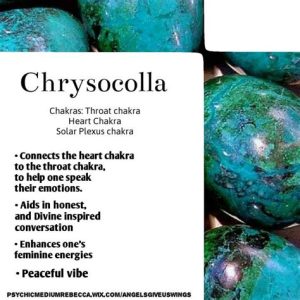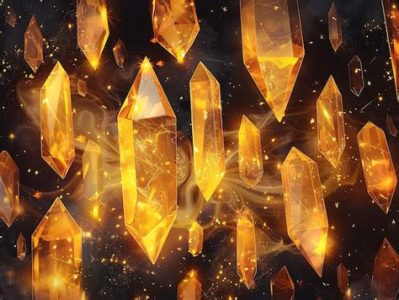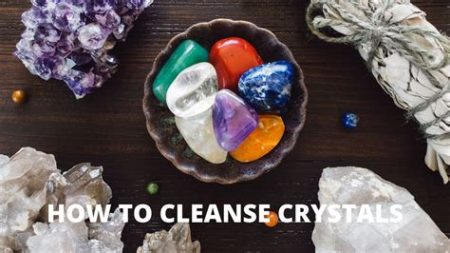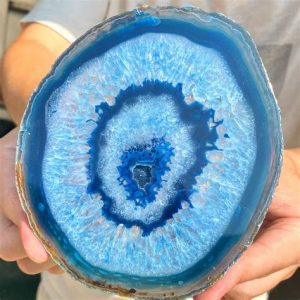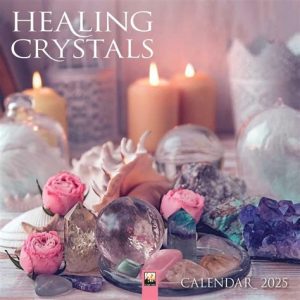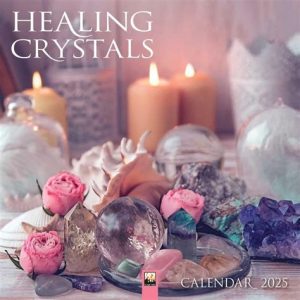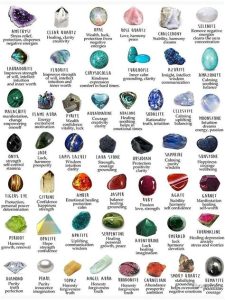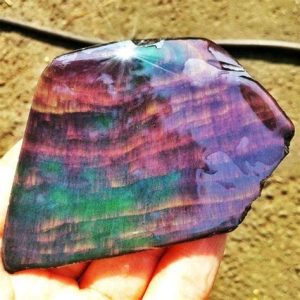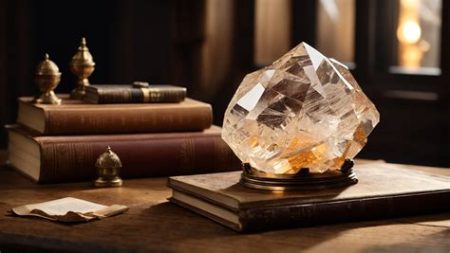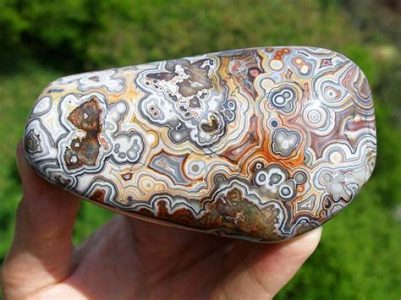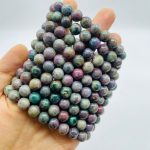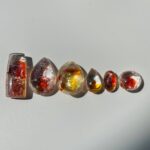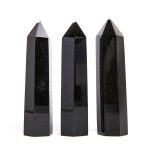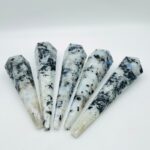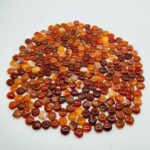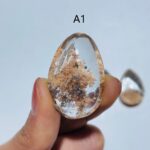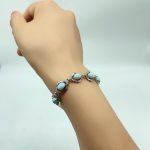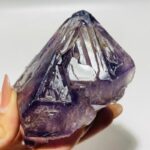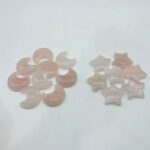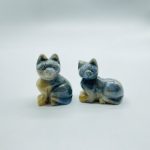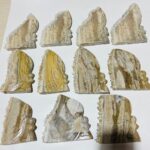Introduction
Labradorite, a captivating gemstone renowned for its mesmerizing play of colors, is poised to make a resurgence in 2025. Its iridescent beauty and profound spiritual properties make it a sought-after gem for jewelry, home décor, and healing practices.

History and Origin
First discovered in Canada’s Labrador region in 1770, labradorite is a member of the feldspar mineral family. It is composed primarily of sodium, calcium, and aluminum, and often exhibits a range of iridescent colors known as labradorescence.
Formation and Properties
Labradorite forms when molten rock cools slowly deep within the Earth’s crust. During this process, tiny crystals of labradorite align in such a way that they reflect light in a captivating array of colors. While blue and green are the most common hues, labradorite can also exhibit a shimmer of gold, red, orange, and purple.
Spiritual Significance
Labradorite is revered in many cultures for its mystical and spiritual properties. Native American tribes believed it held the power of the Northern Lights, capturing the colors of the aurora in its depths. It is said to enhance intuition, creativity, and spiritual growth, making it a popular talisman for healers, psychics, and seekers of wisdom.
Healing Benefits
Labradorite is believed to possess therapeutic properties that promote physical, emotional, and spiritual well-being. It is said to:
- Relieve stress and anxiety
- Improve sleep quality
- Strengthen the immune system
- Balance hormones
- Reduce pain and inflammation
Jewelry and Décor
Labradorite’s stunning iridescent qualities make it a captivating choice for jewelry. It is often set in silver or gold and can be found in rings, pendants, earrings, and bracelets. Labradorite is also a popular material for home décor, adding a touch of magic to walls, tabletops, and sculptures.
Comparison with Other Gems
Labradorite’s unique play of colors sets it apart from other iridescent gemstones. Compared to:
| Gemstone | Play of Colors | Rarity | Price |
|---|---|---|---|
| Labradorite | Blue-green flashes | Common | Affordable |
| Moonstone | Milky-white glow | Rare | Moderate |
| Opal | Rainbow of colors | Extremely rare | Expensive |
Applications and Innovations
Beyond traditional jewelry and décor, labradorite is also finding innovative applications in:
- Technology: As a component of lenses and optical devices, due to its exceptional optical properties.
- Medicine: In energy healing practices and crystal therapy, leveraging its purported healing effects.
- Architecture: As a decorative facing material or architectural element, adding visual interest and spiritual symbolism.
- Fashion: As an eye-catching embellishment on clothing, accessories, and textiles, incorporating its vibrant colors and textures.
Tips and Tricks
- Choose high-quality labradorite: Look for stones with bright, distinct colors and a strong play of light.
- Cleanse and charge your labradorite: Regularly cleanse and charge your labradorite crystal by placing it in sunlight or moonlight or using a sage bundle.
- Set intentions for your labradorite: Infuse your labradorite with specific intentions, such as enhanced creativity or emotional healing.
Common Mistakes to Avoid
- Avoid using harsh chemicals to clean labradorite: As labradorite is a relatively soft stone, avoid using harsh chemicals or abrasive cleaners.
- Protect labradorite from scratches: Store your labradorite jewelry or décor carefully to prevent scratches or damage to its surface.
- Do not overexpose labradorite to heat: Labradorite can lose its luster if exposed to excessive heat, so avoid leaving it in direct sunlight for prolonged periods.
Why Labradorite Matters
Labradorite is a captivating and versatile gemstone that offers a plethora of benefits and applications. Its mesmerizing colors, spiritual significance, and healing properties make it an exceptional choice for jewelry, home décor, and personal growth. As we approach 2025, labradorite is poised to gain even more popularity, inspiring creativity, enhancing well-being, and illuminating the path to self-discovery.
Reviews
“Labradorite’s iridescent beauty and spiritual energy have transformed my life. I wear it daily and feel a profound sense of connection and inspiration.” – Sarah J.
“The labradorite décor in my home creates a magical and calming atmosphere. It brings a touch of the Northern Lights into my everyday life.” – John M.
“Labradorite’s healing powers have helped me overcome stress and anxiety. I use it in meditation and feel its soothing vibrations throughout my body.” – Mary K.
“I love experimenting with labradorite in my jewelry designs. Its vibrant colors and unique patterns add a touch of enchantment to every piece.” – Emily S.
Future Trends and Improvements
The future holds exciting prospects for labradorite. Potential trends and improvements include:
- Enhanced optical applications: Advanced research into labradorite’s optical properties may lead to innovative uses in lenses and optical devices.
- Personalized healing: Tailoring labradorite therapies to specific individuals and conditions, based on the stone’s interplay with chakras and energy imbalances.
- Sustainable sourcing: Promoting responsible and sustainable practices in labradorite mining and production to protect the environment and support communities.
- Artistic innovations: Exploring new and imaginative ways to incorporate labradorite into art, fashion, and home design, pushing the boundaries of creativity and expression.
Table 1: Labradorite Colors
| Hue | Causes | Description |
|---|---|---|
| Blue | Diffraction of light | Most common color, resembling the ocean or sky |
| Green | Mixed with copper | Emerald-like green, often seen in combination with blue |
| Gold | Iron oxide | Warm, golden tones, reminiscent of a sunset |
| Red | Hematite | Rare, fiery red hues, often found in small patches |
| Orange | Both iron oxide and copper | A blend of red and gold, creating a vibrant orange |
| Purple | Manganese | Deep purple, exhibiting a mystical and ethereal quality |
Table 2: Labradorite Properties
| Property | Description | Value |
|---|---|---|
| Chemical composition | Sodium calcium aluminum silicate | NaCaAlSi3O8 |
| Crystal system | Triclinic | n/a |
| Hardness | 6-6.5 on the Mohs scale | n/a |
| Specific gravity | 2.68-2.72 | n/a |
| Refractive index | 1.56-1.57 | n/a |
| Transparency | Opaque to translucent | n/a |
Table 3: Labradorite Healing Benefits
| Benefit | Mechanism | Effects |
|---|---|---|
| Stress relief | Calming and soothing energy | Reduces anxiety and promotes relaxation |
| Sleep improvement | Harmonizing vibrations | Enhances sleep quality and reduces insomnia |
| Immune system boost | Energy purification | Strengthens the body’s natural defenses |
| Hormone balance | Chakra alignment | Regulates endocrine system and hormonal imbalances |
| Pain reduction | Energy flow | Alleviates physical pain and inflammation |
Table 4: Tips for Choosing Labradorite Jewelry
| Factor | Considerations | Guidelines |
|---|---|---|
| Color | Personal preference | Consider the dominant color and its impact on your overall style |
| Shape | Face shape | Choose a shape that complements your facial features and personal taste |
| Setting | Material and design | Opt for a setting that enhances the beauty of the stone and aligns with your fashion preferences |
| Size | Body proportions | Select a size that is proportionate to your body frame and neckline |
| Quality | Clarity and luster | Look for stones with minimal inclusions, bright colors, and a strong play of light |

